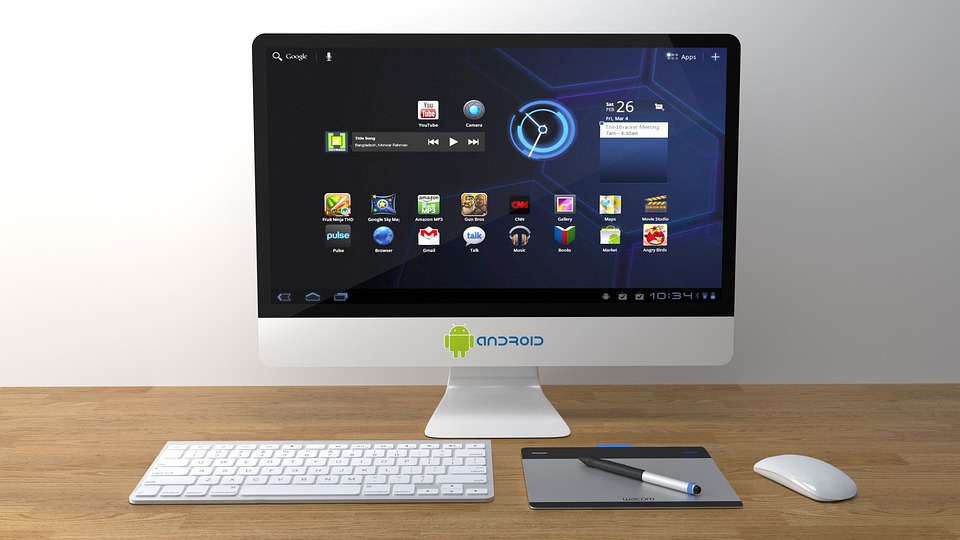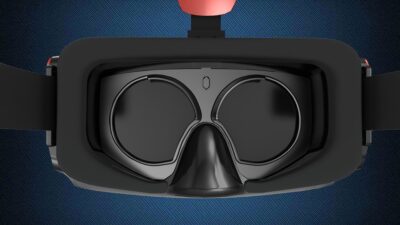When it comes to purchasing a new PC, the age-old debate between DIY (Do It Yourself) builds and pre-built systems remains a hot topic among tech enthusiasts, gamers, and casual users alike. Each option comes with its own set of advantages and disadvantages. The right choice varies depending on your needs, expertise, and budget. Here’s a detailed look at both sides to help you decide which route to take for your next computer.
DIY PC Building
Pros:
-
Customization and Flexibility: Building your own PC allows you to choose every component based on your specific needs, whether it’s for gaming, graphic design, or general use. From the motherboard to the GPU, you can tailor your system according to your preferences.
-
Cost-Effectiveness: Often, DIY builds can be more cost-effective. You can shop around for parts, take advantage of sales, and avoid the markup that comes with pre-built systems. Plus, you can forgo unnecessary extras.
-
Learning Experience: Assembling your own computer is a valuable learning opportunity. Understanding how each component interacts can enhance your technical skills, making future upgrades easier.
- Performance: By selecting high-quality components, you can potentially achieve superior performance compared to pre-built options at the same price point.
Cons:
-
Time-Consuming: Building a PC can be a time-intensive process, particularly for beginners. Researching parts, ordering components, and putting them together can take days or even weeks.
-
Technical Know-How Required: A DIY build requires a certain level of technical knowledge. If you encounter issues during assembly or setup, troubleshooting can be daunting without prior experience.
- No Warranty on Individual Parts: While the individual components may have warranties, the system as a whole won’t come with the same level of support typically offered by manufacturers of pre-built systems.
Pre-Built PCs
Pros:
-
Convenience: Pre-built PCs come ready to use out of the box. This option is ideal for those who don’t have the time or inclination to build their own system.
-
Support and Warranty: With pre-built systems, you generally receive a warranty that covers the entire unit, providing peace of mind if something goes wrong.
-
Instant Availability: Stores and online retailers often have a variety of pre-built systems in stock, making it easy to find one that meets your needs without waiting for parts to arrive.
- Optimized Builds: Many pre-built PCs are optimized for performance, particularly those targeted at gamers or professionals, meaning you can be assured of a harmonious operation of all components without needing to balance hardware compatibility.
Cons:
-
Higher Cost: Pre-built systems often come with a premium price tag due to labor costs and markup. As a result, you may find that you’re paying more for less powerful components.
-
Limited Customization: While there are some options for customization, the scope is always narrower than with a DIY build. You may be stuck with specific components that aren’t optimal for your use case.
- Bloatware: Many pre-built PCs come with pre-installed software that you may never use. This can take up storage space and slow down performance if you don’t clean it up.
Key Considerations
When deciding between a DIY and pre-built system, consider the following:
-
Skill Level: If you’re comfortable with technology and eager to learn, building a PC can be a rewarding challenge. If you prefer convenience, a pre-built option may suit you better.
-
Budget: Analyze your budget. A DIY build often yields better components for the same price, but if you need something quickly, a pre-built may be the way to go.
-
Usage: Think about how you will use your PC. Gamers, for example, may want considerable power and customization, while casual users may just want something dependable for everyday tasks.
- Future Upgrades: If you plan to upgrade your PC in the future, a DIY build could make this easier. Pre-built systems may limit your upgrade paths depending on their design.
Conclusion
Ultimately, the decision between a DIY and a pre-built PC boils down to your individual preferences and requirements. If you prioritize customization, cost-effectiveness, and technical learning, a DIY build is likely the way to go. However, if you value convenience, support, and immediate usability, a pre-built system may be your best option. Whichever route you choose, make sure to research thoroughly and find a setup that meets your needs and budget.



